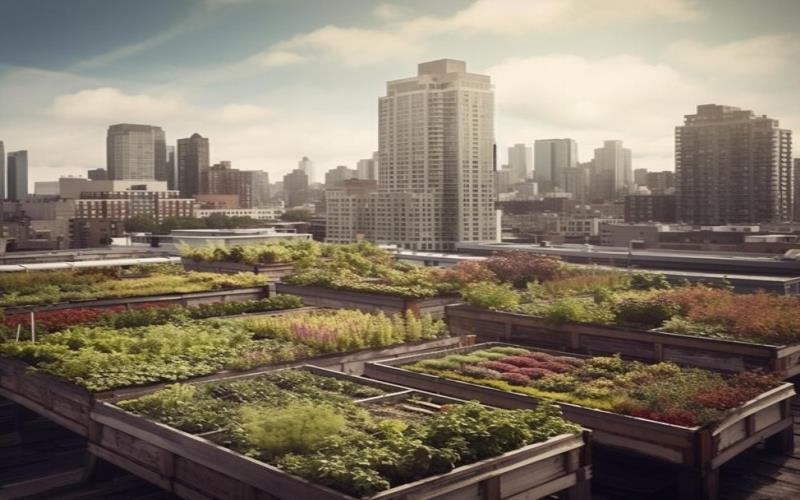In Singapore, the practice of growing food through urban gardening is gaining popularity. For Singaporeans, urban farming is nothing new. Indeed, in recent years, the Singaporean government and local organizations have made concerted attempts to promote urban farming and gardening as a means of combating the nation’s reliance on commodity exports, aiming to provide 30% of nation’s dietary demands by 2030.
Tips on Urban Farming in Limited Areas
How is it possible to have a garden in the city without the convenience of space?
Here are some urban farming tips for people who would prefer to avoid the intense heat and consider alternatives within their homes. To become a part of this movement, try transforming your home’s unused space into a lush urban retreat by using the advice provided below.
- Vertical Plating
On a wide area of ground, humans have traditionally planted horizontally. However, going vertical is the most sensible approach when there is a requirement to fit a large number of plants into a small area when there is a lack of room. Planting vertically entails placing plants in specified containers and arranging them to resemble a wall.
- Employ Wall Pockets
If hydroponics isn’t your style and you’re looking for something easy to maintain that can support a range of crops, wall pockets are the greatest option for growing the most with the smallest possible space.
- Use Hanging Pots
Organizing your space and creating an eye-catching aesthetic can also be accomplished by hanging your cherished plants. Although hanging pots are typically used for growing flowers, you may also use them to grow herbs. The finest thing about hanging pots is that they should allow for adequate air circulation for the plant.
- Ensure Adequate Air Circulation and Prevent Overheating
It’s critical to give your intended crops and ornamental plants adequate air circulation so they can thrive. Similar to people, plants can become suffocated, and this will make it difficult for them to grow into their ideal shapes. Some easy suggestions would be to arrange your plants where a natural wind can blow through them, add a fan to help ventilate and encourage air circulation, and keep your plants away from floors that are in direct sunlight.
5.Give Your Plants Fertilizer
Fresh and abundant plants are what you seek. Giving them the appropriate type and quantity of fertilizer is the way to do this.
Fertilizing your plants too much or too little can both be detrimental. It is advisable to adhere to the dosage guidelines provided on the label of your fertilizer and to consistently verify with the plant vendor.
- Provide a Good Drainage System for Your Plants
It is just as dangerous to drown your plants as it is to not give them enough water. The finger-test approach is a good rule of thumb for figuring out when to water your plant.
More methods of participation
Urban gardening, according to food waste expert Daisy Tam, “offers an alternative supply chain,” which helps reduce world food waste. It also changes the way people in cities view food. For instance, King said, “it’s delicious” to fry eggs with corn silk or dragon fruit peel. Then, you’d use the food that has grown for months well and cut down on a lot of food waste.
With funding from the DBS Foundation, the Rooftop Republic Academy was established in 2019 to foster greater participation and develop more talent for next urban farms. It provides professional vocational training and starter workshops.

